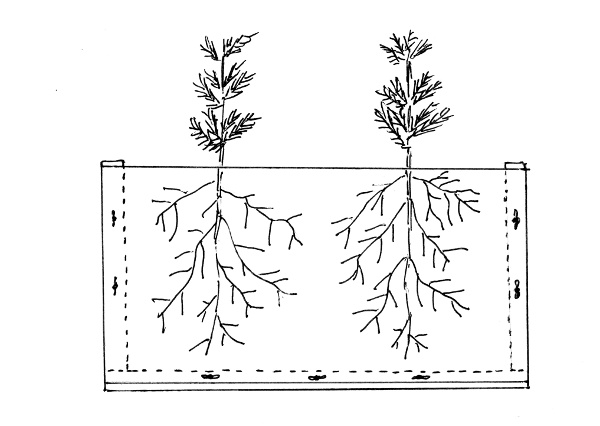USDA Fellows Classroom Tips
Link to download pdf: https://docs.google.com/document/d/1Okgkt2Rh7xgMlOtPos6apXMK6ihR0oWANklOdz55Ja8/edit?usp=sharing
Tips for Classroom lessons
- Lessons should be about one hour long if you are going to have a lecture and activities or do two thirty minutes sessions in one week to split these activities.
- Try to have the weekly lesson plan completed a week in advance and shared with your group and the teacher in order to get feedback. You may have classes of the same grade, but their knowledge gaps can be very different due to differences in their teachers’ lessons plans. The teacher will let you know if the material you are presenting is too difficult or has already been covered in class, some teachers will appreciate the review.
- It is also important to select a topic that most members in the group are comfortable speaking about. If a group member is unfamiliar with the topic, access to the lesson plan one week before can help them catch up.
- Do not underestimate the time it will take to do a class activity or lecture! especially when it comes to activities, the students will need lots of time. This may mean sticking to only one or two activities based on your time. Arranging students into their assigned groups would take up to five minutes in some classrooms.
- Have clear communication with the classroom teacher about students who misbehave and how they would like the situation handled. Most teachers were present during lessons so we would let them call on the students’ attention and assign an appropriate disciplinary action.
- Try doing interactive computer programs either broken up into groups (have a teacher or TA for each group to help minimize students going off task) or as a whole class.
- Try doing projects that can be done remotely or can be put on pause so when children have their breaks the project will not be greatly disrupted. Try to end projects before major breaks, for example we collected our final observation before break and used the last 2 weeks after their break to help students prepare their posters for the fair.
Rhizotron use tips
- When using the Rhizotrons, make sure to plant the seed close to one of the longest wall to make sure you can see the root growth. Also do not fill the rhizotron to the very top with soil, leave some space so that when you water the plant you have sufficient space to allow for the amount of water you want to use to fit in that space versus pouring all the water in increments (Can be time consuming).
- Place rhizotrons in a plastic container to avoid runoff water on unintended surfaces. Remove this water at every visit if possible. The container also helps keep the Rhizotrons from following over and breaking, they are very fragile. Try to minimize the movement of the rhizotrons, if possible, have an adult move them.
- Try to check the nuts and screws on the sides of the rhizotron often, they will become loose with time and fall off, making it more unstable.

Sources used to develop lesson plans and future ideas
The most helpful resource I found with multiple topics on agriculture topics for students: https://www.agclassroom.org/index.cfm
Soil texture lesson plan by AG classroom: https://www.agclassroom.org/teacher/matrix/lessonplan.cfm?lpid=365&search_term_lp=garden,garden
Can be used in between activities when students finish early: https://naitc-api.usu.edu/media/uploads/2016/03/03/soil_themed_activitysheets_1.pdf
Soil textural triangle for worksheet use: https://naitc-api.usu.edu/media/uploads/2015/10/20/Soil_Texture_Triangle.pdf
Soil lesson plan activities and glossary by SSSA: https://www.soils4teachers.org/lessons-and-activities